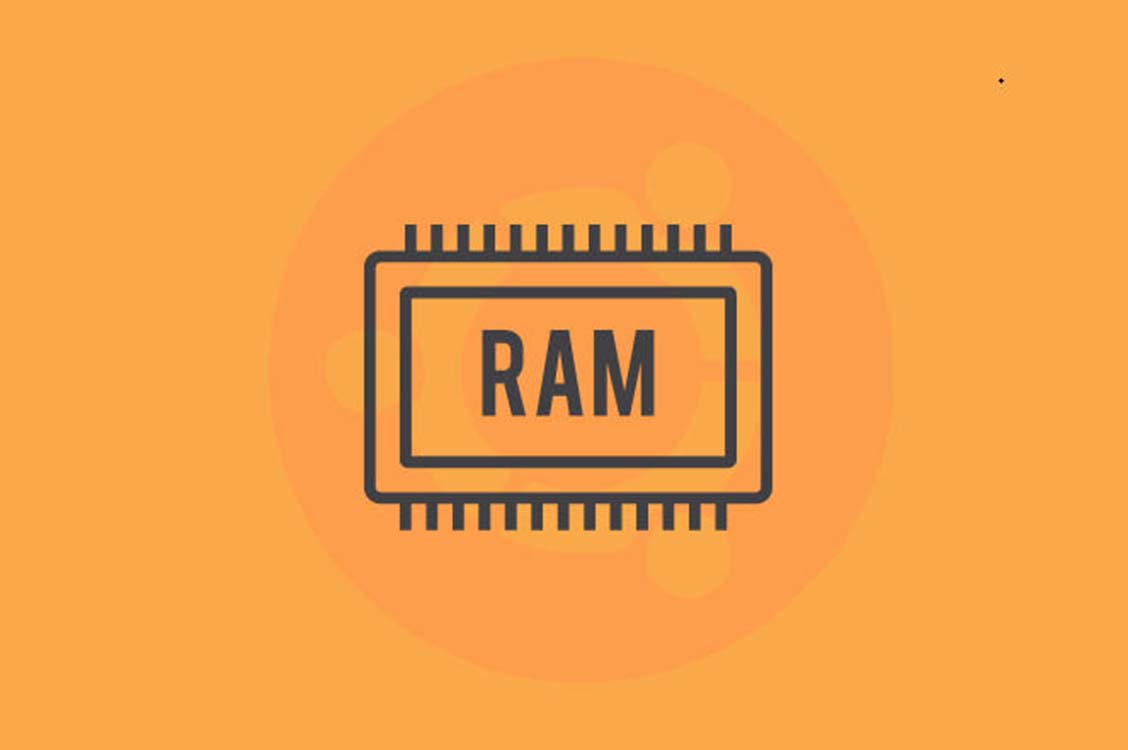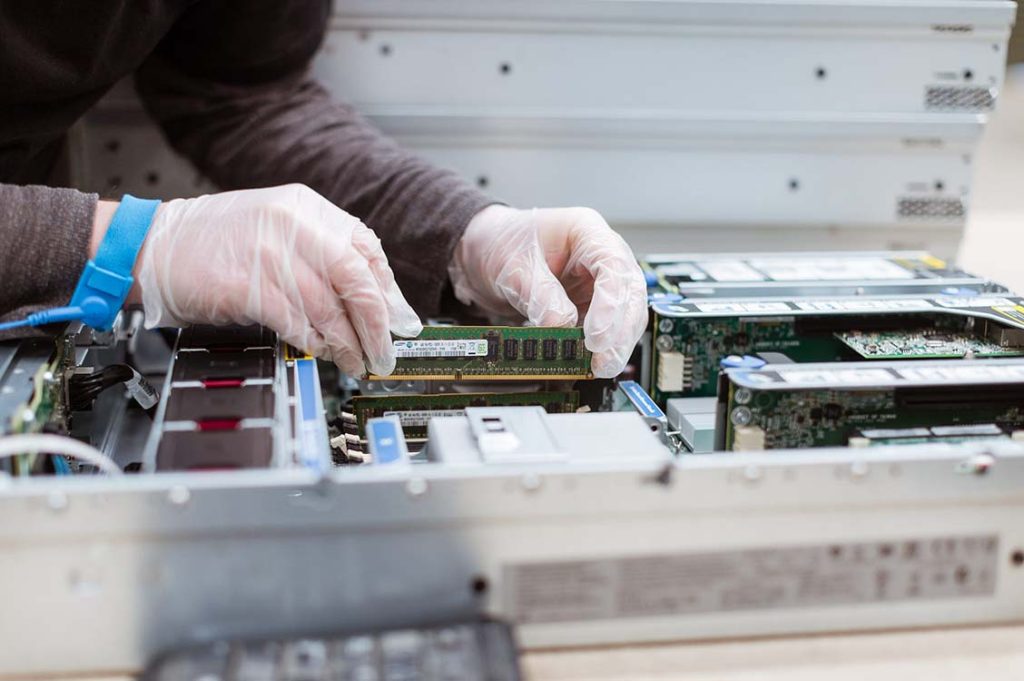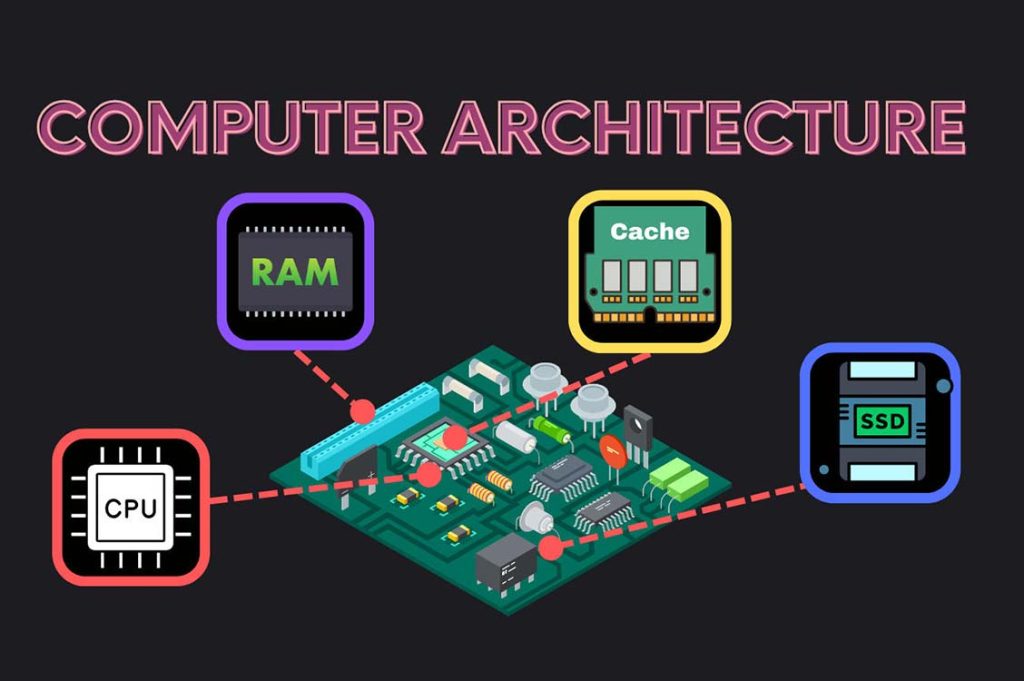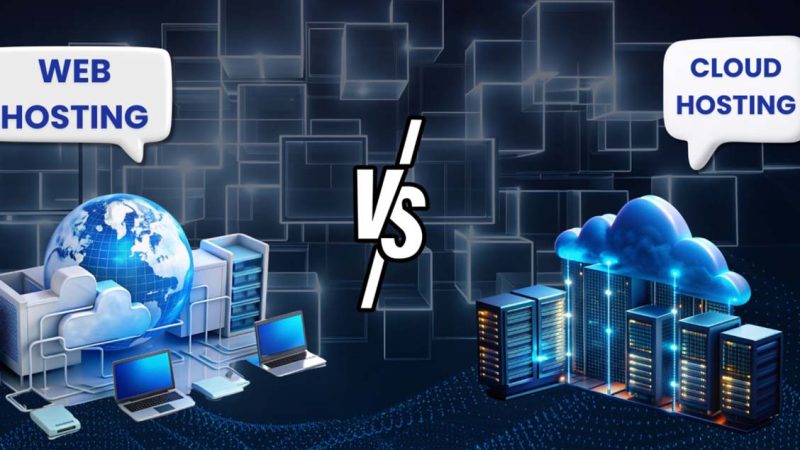Server Configuration Guide: CPU, RAM & Storage

In today’s digital age, servers are no longer mysterious black boxes in distant data centers but the cornerstone supporting our daily digital lives. From every social media refresh, every online payment, to the operation of core business functions, behind them all is a meticulously designed server hardware system working silently. However, faced with numerous technical parameters and the varied marketing rhetoric of suppliers, a core question always lingers in the mind of every technical decision-maker: How exactly can we scientifically configure the server’s core hardware—CPU, memory, and storage system—to find that perfect balance between optimizing performance and controlling costs?
Central Processing Unit – The Brain and Command Center of the Server
The Central Processing Unit is the core of the server that executes instructions and processes data. Its configuration directly determines the upper limit of the server’s computing power.
1.1 CPU Core Count and Thread Count: The Art of Parallel Processing
- Core Value: A core is a physical computing unit. The greater the number of cores, the stronger the server’s ability to process tasks in parallel. For a web server that needs to handle a large number of independent requests simultaneously, more cores mean the ability to respond to more user accesses at the same time.
- Hyper-Threading Technology: Technologies like Intel’s Hyper-Threading allow a single physical core to execute two threads simultaneously, thereby improving the utilization of the CPU’s execution units. For scenarios where the core count is limited but tasks are mostly “lightweight,” a CPU supporting Hyper-Threading can bring significant performance gains.
- Configuration Strategy:
- High-Concurrency Web/Application Servers: Prioritize CPUs with high core counts and support for Hyper-Threading, such as mid-range models in the Intel Xeon Silver series or AMD EPYC 7003 series, with a recommended core count between 16-32 cores.
- Database Servers: Need to balance core count and single-core performance. Complex queries require both parallel processing capability and reliance on the fast response of single threads. It is recommended to choose CPUs with relatively high clock speeds and a moderate number of cores.
- Virtualization Hosts: Core count is a key parameter. It is necessary to allocate at least 1-2 vCPUs to each virtual machine; therefore, the more cores, the greater the number of virtual machines that can be hosted. It is recommended to start from 32 cores and choose models with higher core counts based on virtual machine density.
1.2 Base Frequency and Turbo Boost: The Trade-off Between Speed and Passion
- Base Frequency: Determines the baseline speed at which the CPU processes tasks. A high base frequency significantly improves performance for single-threaded applications.
- Turbo Boost: Allows the CPU to run at speeds far exceeding the base frequency for short periods, under permissible thermal and power conditions, to handle sudden high-load tasks.
- Configuration Strategy: For applications with extremely high demands for single-task response speed, such as OLTP databases and ERP systems, priority should be given to CPUs with high single-core turbo frequencies. For sustained high-load scenarios like batch processing and video transcoding, sustained stable all-core frequencies are more practical than extremely high single-core turbo speeds.
1.3 CPU Cache: The Shortcut to Extreme-Speed Computing
CPU cache is high-speed memory integrated inside the CPU, used to temporarily store frequently accessed instructions and data to reduce the latency of accessing main memory.
- L1/L2/L3 Cache: The lower the level, the faster the speed, and the smaller the capacity. The L3 cache capacity is shared by all cores and is crucial for improving multi-core collaborative efficiency.
- Configuration Strategy: In applications processing massive datasets (such as big data analytics, scientific computing), a large L3 cache can significantly reduce the number of data “transfers” between the CPU and memory, thereby greatly improving overall throughput. When selecting a CPU, the L3 cache capacity should be an important consideration.
1.4 Platform and Scalability: Leaving a Door Open for the Future
When choosing a CPU, the server platform it resides on must be considered.
- Single Socket vs. Dual Socket vs. Four Socket: Dual-socket and above configurations can significantly enhance the server’s overall computing power, but also come with higher hardware costs, power consumption, and cooling requirements. For the vast majority of enterprise applications, dual-socket servers offer the best balance of performance and cost.
- PCIe Lanes: The number of PCIe lanes provided by the CPU directly determines how many NVMe SSDs, GPU cards, or high-speed network cards you can expand. Ensure that the CPU you choose provides sufficient PCIe lanes to meet future expansion needs.
Memory – The Data Exchange Highway

If the CPU is the brain, then memory is the neural network connecting the brain to various organs. Its capacity and speed directly affect the system’s “response speed.”
2.1 Memory Capacity: The Cornerstone Determining Concurrency Capability
- Basis for Capacity Estimation: The most basic principle is to ensure that the memory capacity is sufficient to accommodate the operating system, all running applications, and the working datasets they process.
- Typical Scenario Configuration Recommendations:
- Web Server: Basic configuration 16GB-32GB, for high-traffic sites, 64GB-128GB is recommended.
- Database Server: The goal is to keep the hot dataset (such as database indexes, frequently accessed tables) in memory as much as possible. A configuration starting from 128GB is recommended, with TB-level memory being common.
- Virtualization Host: Memory capacity is one of the main limiting factors for the number of virtual machines. The calculation formula is roughly:
Total Memory = (Host Overhead + Memory per VM) * Number of VMs + Redundancy. A host planning to run 20 virtual machines (each with 4GB) requires at least 128GB of memory. - In-Memory Computing Applications: Such as SAP HANA, Redis, etc., whose performance depends entirely on memory capacity, require configuring memory capable of holding the entire dataset.
2.2 Memory Type and Frequency: The Trade-off Between Bandwidth and Latency
- DDR4 vs. DDR5: DDR5 provides higher data transfer rates, lower operating voltage, and larger single-module capacity compared to DDR4. For newly purchased servers, DDR5 is the future-oriented choice, although the current cost is higher.
- Frequency and Latency: Higher frequency means higher data transfer bandwidth but usually comes with higher latency. In most server applications, the importance of memory capacity far outweighs minor improvements in frequency. Unless for specific applications extremely sensitive to memory bandwidth (like scientific simulations), there is no need to excessively pursue top-tier frequencies.
2.3 Error-Correcting Code Memory: The Guardian of Enterprise Applications
ECC memory can detect and correct the most common types of memory data errors, preventing service crashes or data corruption caused by memory bit flips.
- Necessity: In enterprise-grade servers that require 7×24 stable operation, ECC memory is absolutely essential, not an optional configuration. The cost of any system downtime caused by memory errors far exceeds the minor cost increase associated with ECC memory.
2.4 Memory Channel Architecture: Unlocking Full Performance
Modern CPUs support multi-channel memory architectures. To achieve the maximum memory bandwidth supported by the CPU, an equal number of memory modules of consistent capacity must be installed in each channel.
- Best Practice: For a CPU supporting 6 channels, 6 or 12 memory modules should be installed, not 5 or 7, to ensure all memory channels are enabled and avoid performance loss.
Disk Arrays – The Foundation of Data Storage and Read/Write
The storage subsystem is often the most critical bottleneck in server performance and one of the most complex configuration aspects.
3.1 Storage Media Selection: The Comprehensive Victory of SSD
- SATA SSD vs. NVMe SSD: This is a generational gap. NVMe SSDs communicate directly with the CPU via the PCIe bus, their latency is far lower than that of SATA SSDs which go through a SATA controller, and their IOPS and throughput see an orders-of-magnitude improvement.
- Configuration Strategy:
- System Drive and Log Drive: SATA SSDs can be used, offering high cost-effectiveness.
- Database Data Files, Virtual Machine Images, High-Traffic Website Root Directories: Must use NVMe SSDs to handle high random read/write IOPS demands.
3.2 RAID Levels: The Choice Between Performance, Capacity, and Redundancy
RAID technology combines multiple physical disks to achieve data redundancy, performance improvement, or both.
- RAID 0: Striping. Best performance, no capacity loss, but offers no redundancy. Absolutely prohibited for production environments.
- RAID 1: Mirroring. Provides the best data protection, but capacity utilization is only 50%. Suitable for operating system drives or log drives for small, critical databases.
- RAID 5: Striping with Distributed Parity. Provides data redundancy while offering good read performance and high disk utilization. The disadvantage is the “write penalty” for write operations, making it unsuitable for write-intensive applications. Requires at least 3 disks.
- RAID 10: A combination of Mirroring and Striping. It combines RAID 1 and RAID 0, providing excellent read/write performance and strong data protection (allowing one disk failure per mirror pair). The disadvantage is 50% capacity utilization. This is the preferred choice for database, virtualization, and other scenarios with extremely high demands for performance and reliability. Requires at least 4 disks.
- RAID 6: Similar to RAID 5, but can withstand the simultaneous failure of two disks. Suitable for high-capacity archival storage where data security requirements are extremely high and workloads are primarily sequential reads/writes.
3.3 Hardware RAID Cards vs. HBA Cards: Intelligent Management vs. Native Performance
- Hardware RAID Card: Comes with a dedicated processor and cache, can handle RAID calculations independently without consuming host CPU resources. Its BBU or supercapacitor protection unit can write data from the cache to flash memory in case of a power failure, which is a key guarantee for data security. For traditional SATA/SAS disk arrays, a hardware RAID card is essential.
- HBA Card: Simply exposes multiple physical disk ports to the operating system, relying on software at the OS level (such as ZFS, mdadm) to implement RAID functionality. This model can better leverage the performance of NVMe SSDs and offers great flexibility, but consumes some CPU resources.
3.4 Storage Tiering Design: Building an Efficient Data Pyramid
A scientific storage architecture should not be monolithic.
- High-Performance Tier: Composed of NVMe SSDs in RAID 10, used for storing the most active data.
- Capacity Tier: Composed of high-capacity SATA SSDs or HDDs in RAID 5/6, used for storing less frequently accessed data or backups.
- Through software or application-level policies, hot data is moved to the high-performance tier, and cold data is relegated to the capacity tier, thereby achieving a perfect balance between cost and performance.
Collaborative Design – Making the Three Souls Harmonize

Isolated piles of top-tier hardware cannot deliver optimal performance; the synergy and balance between them must be considered.
4.1 Avoiding Bottleneck Effects: A Real-World Demonstration of the Barrel Theory
A common mistake is configuring a server with a top-tier CPU but equipping it with insufficient memory and slow mechanical hard drives. In this case, the performance of the entire system will be dragged down by the slowest storage subsystem, and the powerful CPU computing capability will sit largely idle waiting for data. During configuration, it is essential to ensure that the performance of the CPU, memory, and storage are on the same level.
4.2 Workload Analysis: The Starting Point for All Configuration
Before configuring any hardware, the following questions must be clearly answered:
- Is the application CPU-intensive, memory-intensive, or I/O-intensive?
- What is the read/write ratio? Is it random small I/O or sequential large I/O?
- What is the expected number of concurrent users or transaction processing volume?
Only based on these answers can targeted hardware configuration be made.
4.3 Quantitative Evaluation and Stress Testing: The Bridge Between Theory and Practice
Before making a procurement decision, quantitative analysis should be performed using monitoring data from existing systems (e.g., CPU utilization, memory hit rate, disk queue length) whenever possible. After the server is racked, professional benchmarking tools must be used for stress testing to verify whether it meets the expected performance goals and to uncover potential configuration issues.
4.4 Embracing Cloud and Hyper-Converged Thinking
Even when building an on-premises data center, the architectural concepts of cloud computing should be borrowed. Networking compute and storage, and adopting distributed storage systems, can achieve higher resource utilization and elasticity. Hyper-Converged Infrastructure (HCI) highly integrates computing, storage, networking, and management, greatly simplifying server configuration and operational complexity. It is the preferred path for medium-sized enterprises to achieve IT modernization.
The scientific configuration of server hardware is an art of seeking a delicate balance between technology, cost, and business requirements. It demands that we not only understand the technical parameters of each hardware component but also deeply comprehend the characteristics of the applications running on it and their future growth trajectory. The CPU, memory, and disk arrays, as the three soul components of a server, collectively lay the foundation for a stable and efficient digital cornerstone through their selection and combination.
In this era of rapid technological iteration, there is no one-size-fits-all configuration solution. Only through continuous learning, in-depth analysis, and courageous practice can we truly harness these powerful hardware components, enabling them to become the core engine driving enterprise business development.


